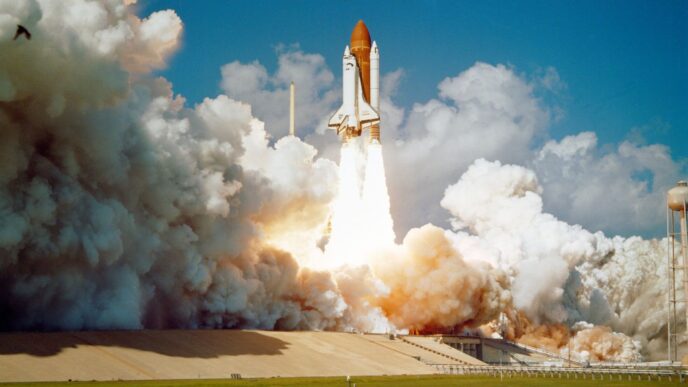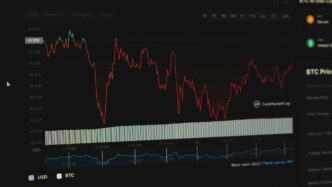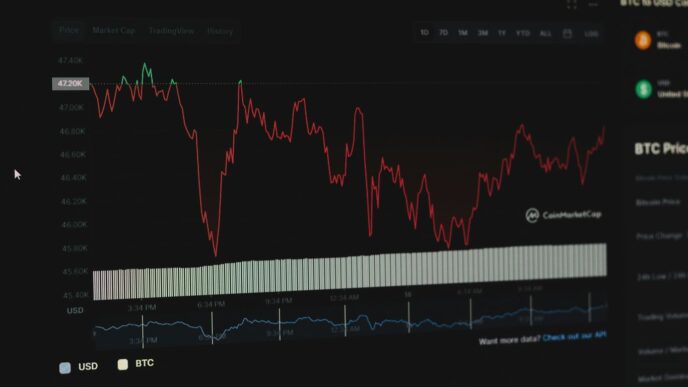Copyright: Enervise
Boilers are the unsung heroes of numerous industries, silently providing essential heat and power for various operations. However, like any machinery, they require regular maintenance to ensure smooth functioning and efficiency. Among the many components of a boiler system, the burner plays a crucial role in the combustion process, directly impacting performance, emissions, and overall efficiency. Upgrading the burner can be a game-changer, but it’s essential to consider several factors before making the leap.
Define the Importance of Boiler Maintenance
Boilers are the backbone of many industries, from manufacturing plants to residential buildings. They provide heat for processes and warmth for living spaces. Therefore, their reliability is paramount for continuous operation and safety. Regular maintenance not only extends the lifespan of boilers but also ensures they operate at peak efficiency, saving energy and reducing emissions.
Relevance of Burner Upgrades
The burner is the heart of the combustion system, responsible for mixing fuel and air to produce heat. Upgrading to a modern burner can yield significant benefits, including improved efficiency, reduced emissions, and better control over combustion processes. However, the decision to upgrade shouldn’t be taken lightly, as it involves investment and potential system modifications.
Types of Burners
Burners come in various types, each suited for specific applications:
- Oil Burners: Common in older systems, oil burners atomize fuel oil for combustion, offering reliable performance but often at the cost of higher emissions.
- Gas Burners: Utilize natural gas or propane as fuel, providing cleaner combustion and lower emissions compared to oil.
- Dual-Fuel Burners: Designed to accommodate both oil and gas, offering flexibility and redundancy in fuel supply.
Categories Based on Design
Burners are classified based on their design and operation principles:
- Atmospheric Burners: Found in residential systems, these rely on natural draft for air supply and are simpler in design.
- Power Burners: Common in commercial and industrial settings, power burners use forced air for combustion, offering better control and efficiency.
Poor Combustion Efficiency
Older or poorly maintained burners may exhibit signs of inefficient combustion:
- Yellow Flames: Indicative of incomplete combustion, resulting in wasted fuel and increased emissions.
- Soot Deposits: Accumulation of soot on boiler components suggests incomplete combustion and reduced efficiency.
Increased Emissions
Outdated burners may produce higher levels of harmful emissions, including carbon monoxide (CO) and nitrogen oxides (NOx), posing health and environmental risks.
Causes and Risk Factors
Age and Wear
As burners age, components degrade, leading to decreased efficiency and increased maintenance requirements. Continuous operation exacerbates wear, necessitating timely upgrades.
Technological Obsolescence
Advancements in burner technology render older models obsolete, lacking features like modulating controls and low-NOx combustion.
Diagnosis and Tests
Combustion Analysis
Conducting combustion analysis involves measuring parameters like oxygen, carbon dioxide, and stack temperature to assess burner performance and efficiency.
Emissions Testing
Emissions testing evaluates exhaust gases for pollutants like CO, NOx, and particulate matter, ensuring compliance with regulatory standards.
Treatment Options
Burner Retrofitting
Retrofitting involves upgrading burner components or entire assemblies to improve efficiency and reduce emissions while leveraging existing infrastructure.
Burner Replacement
In cases of severe deterioration or technological obsolescence, replacing the burner with a modern, high-efficiency model may be warranted.
Preventive Measures
Routine Maintenance
Implementing a proactive maintenance schedule, including cleaning, inspection, and tuning, can prevent burner inefficiencies and prolong its lifespan.
Regular Inspections
Scheduled inspections enable early detection of issues, allowing for timely repairs or upgrades to maintain optimal performance.
Conclusion
Upgrading a boiler’s burner is a proactive step towards enhancing efficiency, reducing emissions, and ensuring compliance with regulatory standards. By understanding key considerations and leveraging modern technology, businesses and homeowners can optimize their boiler systems for long-term reliability and sustainability.













